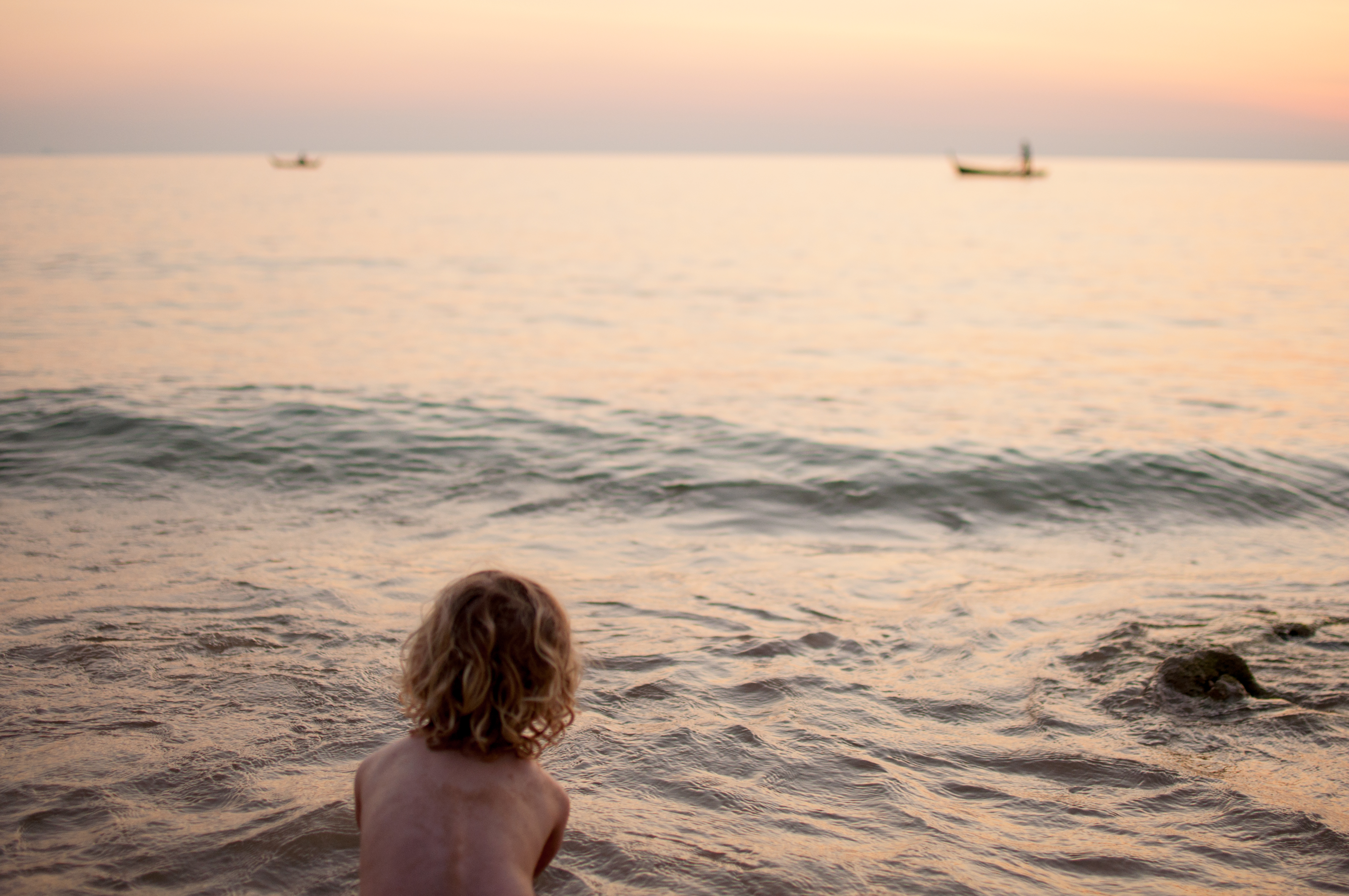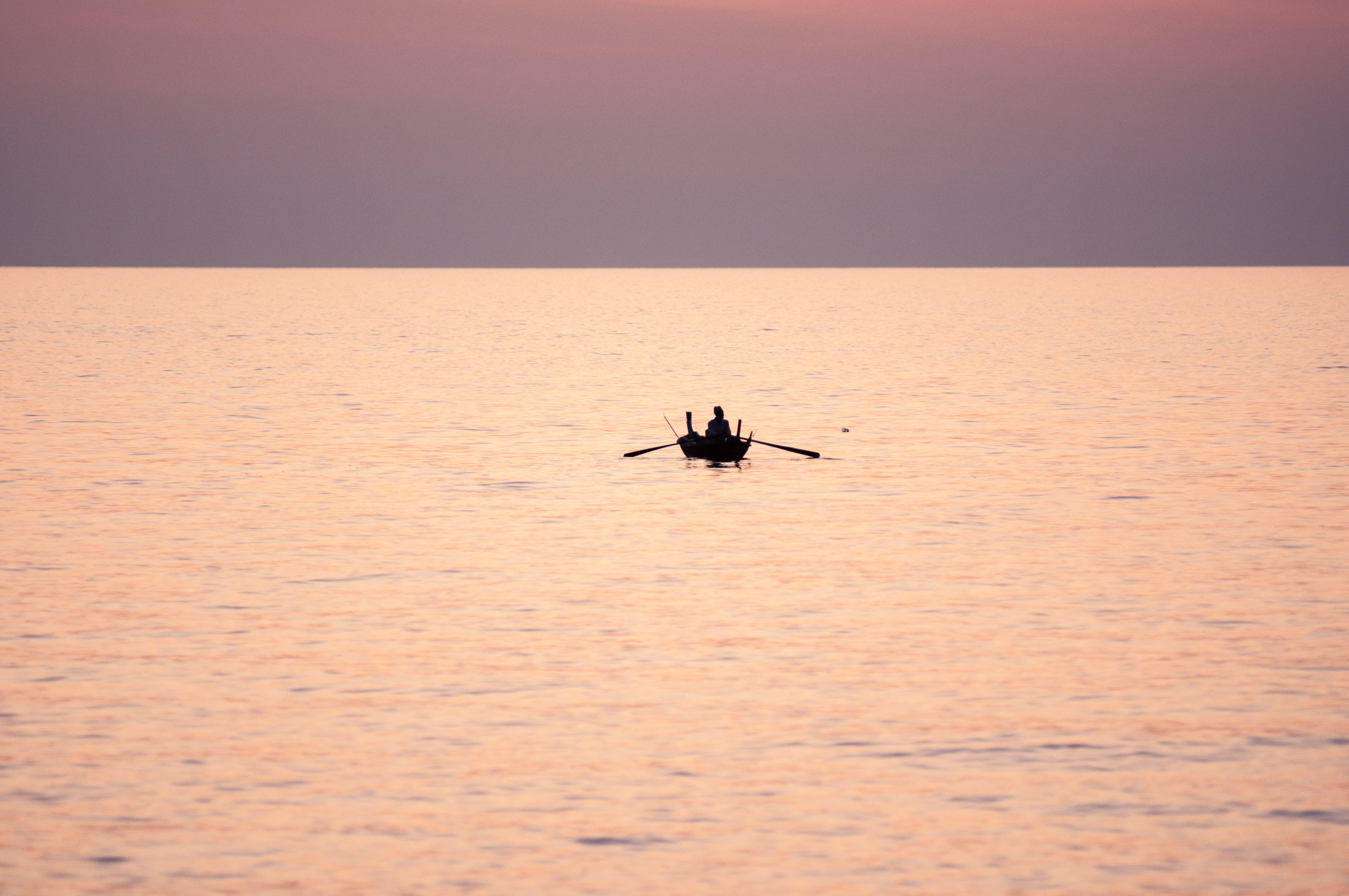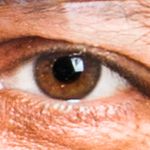- Home
- Stock Contributors
- Discussions
- Re: Rejected because of artifacts
- Re: Rejected because of artifacts
Copy link to clipboard
Copied
Today a picture of a series in the same light condition was rejected and one was uploaded into my portfolio. Can you tell me where i can spot the artifacts in the picture with the boy? I thought it is even better than the one, that was not rejected with the boat.
I don't understand how they decide to the one or the other.


 3 Correct answers
3 Correct answers
Hi,
I am surprised that the picture with the rowing boat was accepted because it also shows strong image noise.
Also the picture with the boy contains image noise and is well recognizable e.g. on the waves.
Under such light conditions, a higher ISO than 100, in this case ISO 320, can very quickly become noticeable as noise in the image, depending on the camera. Too much image processing can also produce/amplify image noise (e.g. too much sharpening).
As far as the image sharpness is concerned, only
...It can be hard to work out why one was accepted and the other rejected - as in this case.
I agree with v.poth though. You can see noise in the sky area of the picture. So, if possible use a tripod and low ISO in such conditions, but I also realize that you may not always have a tripod with you, then you have to make do with what you have got. But always keep this in mind - especially if you want to upload for stock. For your own purposes, it doesn't matter, but for stock - it does! (At least for
...In the former photography world printing, a photo at 4feet X 5 feet, was not possible. Any Adobe stock must be able to let a client enlarge and print a photo any size and not show distracting noise. Rethink your past experiences and consider this is not a business that sells standard family snapshots. It is a commercial and professional stock service for professional and commercial customers who expect the best. The customers set the requirements and standards. You decide if you want to sell you
...Copy link to clipboard
Copied
Did you examine the photo with the boy at 100 or 200 % magnification? The other misty silhouette of the boat, accepted, will most likely be used as background for something placed in the foreground - it helps to set a mood for the finished work. The boy, however, is the central figure and the customer would have to work on it and the artifacts problem. If you crop the photo at the large blurred wave, you might have something to offer, however, you will need to study this at high magnification. It might not be sharp enough, focused.
Have you noticed next to this page, on the upper right, there are similar questions answered "MORE LIKE THIS". Just click on them to read them. You could find an answer that helps with your question because other contributors have had your same problems understanding rejection. Best regards, JH
Copy link to clipboard
Copied
Hi,
I am surprised that the picture with the rowing boat was accepted because it also shows strong image noise.
Also the picture with the boy contains image noise and is well recognizable e.g. on the waves.
Under such light conditions, a higher ISO than 100, in this case ISO 320, can very quickly become noticeable as noise in the image, depending on the camera. Too much image processing can also produce/amplify image noise (e.g. too much sharpening).
As far as the image sharpness is concerned, only a very small depth of field can of course be achieved with an aperture of 2.8.
In order to get a better grip on the light situation, a tripod should be used to reduce the ISO number in order to avoid possible image noise and to close the aperture further for a greater depth of field.
Greets,
v.poth
Copy link to clipboard
Copied
It can be hard to work out why one was accepted and the other rejected - as in this case.
I agree with v.poth though. You can see noise in the sky area of the picture. So, if possible use a tripod and low ISO in such conditions, but I also realize that you may not always have a tripod with you, then you have to make do with what you have got. But always keep this in mind - especially if you want to upload for stock. For your own purposes, it doesn't matter, but for stock - it does! (At least for Adobe Stock - usually).
Copy link to clipboard
Copied
I had the same questionable thing with the portrait of an owl in dawn-light, it was not possible to use a tripod in that case, because meeting animals is just good luck - i won't waste my time setting up any complicated gear and than missing my subject. Moreover even with a 70-200 mm lens of f 2.8 constant aperture, i could not use iso 100 in the late evening.
However, i had several shots of the owl with the exact same light conditions. One was taken by Adobe, one was not. I took it with a shrug.
The same is with the picture of the boy. Kids won't wait and run all the time, the sun was already set, so it is almost dark. And if Adobe doesn't accept scenes like that, it is okay. Only i don't understand why grain is such a problem today. Because it wasn't for a long time in photographic history. That seems to be a question of taste in my eyes. And if pictures of hard conditions don't fit to Adobe, than i won't bother them with my view of things 😉
Copy link to clipboard
Copied
Hi,
I think one should always have in mind that one here as a supplier with a professional picture agency on the way is the technically correct and professionally provided pictorial material to customers working just as professionally wants to sell. Here it is no use doubting these rules if you want to sell pictures.
I think it makes more sense here to work on his technical and photographic prerequisites/skills and to develop further in order to meet the market requirements. They are what they are for a reason.
There are many online training opportunities and, depending on motivation and commitment to photography in general and the microstock industry in particular, you can make a great step forward.
Try it and you will see that the acceptance rate and sales will improve.
Greets,
v.poth
Copy link to clipboard
Copied
So you think it's professional to get paid min $0.25 per download then? Another site beginning with 'S now pays even less yet expects the same quality but in a few years, people may only have smartphones left after their DSLRs give up & can't afford to replace them.
Copy link to clipboard
Copied
I am a trained designer (in the 1980s) and I personally don't mind a bit of grain and one designer on 'S forum said he's fed up with the typical staged soulless stock images. To capture something different in a photo, it's not always possible to use low ISO. I had a picture accepted at iso 1600 on another site cos that's the only way to capture some night scenes.
Copy link to clipboard
Copied
In the former photography world printing, a photo at 4feet X 5 feet, was not possible. Any Adobe stock must be able to let a client enlarge and print a photo any size and not show distracting noise. Rethink your past experiences and consider this is not a business that sells standard family snapshots. It is a commercial and professional stock service for professional and commercial customers who expect the best. The customers set the requirements and standards. You decide if you want to sell your work on the Adobe Stock. If you hope to, you must follow the guidelines and standards set by its customers. Perhaps you can benefit from the following offered by Adobe. JH
All the know-how. All in one place. Adobe says:
Download Adobe Contributor Guide for tips on everything from compiling your model releases to composing the perfect image. This free 28 page PDF is what you need on your desktop. Go to Adobe.com
Copy link to clipboard
Copied
Hey you two!
Joan: It was possible to develop prints from negatives and positives in that size. Only you're not supposed to stand direktly in front of it. But sure, today is today, and the custumers should get what they have need of.
Just as i said, if it doesn't work with a picture like the one above, that is completely okay and doesn't bother me so much, no need to wag the finger. I just wanted to understand, why pictures of the same batch are rated differently, that appear to be similar according to the standart Adobe wants. With 60 % of my pictures taken in the first try i am okay (and i use stock-footage myself for graphic design projects - so i know the other side also). Most where rejected because of tech. issues. I guess not everybody starts as expert, and also stock imagery is a special field that has to be explored step by step. So i totally agree with what you said, Mr. Poth, you never stop learning and just shift focus and skills to meet the requirements.
Copy link to clipboard
Copied
Thanks for this reply. Horray, a meeting of minds. DId you go look at the Adobe contributor guide? Best to you. JH
Copy link to clipboard
Copied
But if it was printed for example billboard size may be printed at 60dpi to be viewed at about 10ft away. this makes the M.P. size of a photo largely irrelevant and noise/artifacts problems they reject for on here wouldn't be seen. They just need a good reason to reject photos so they don't get too many submissions. It's easier to reject for tecnical than for say composition aesthetics etc.I'm pretty sure they do that on 'S'
Copy link to clipboard
Copied
duns123, you don't need to guess what Adobe mean, or accuse them of using "technical" rather than say the composition is poor. Please read https://helpx.adobe.com/sk/stock/contributor/user-guide.html/sk/stock/contributor/help/quality-and-t...
It makes it clear that composition quality is just one of the technical criteria used, so poor composition will get the same rejection. I think the biggest problem is that Adobe are seeking to buy the highest quality commercial photography, made by people with professional-level skills, and often that's not what people are submitting.
Copy link to clipboard
Copied
But what do they expect they are paying $0.25 a download which is all I had this year. Why would someone with the above skills submit to microstock sites for that money anyway? it's crazy My brother used to be a full-time photographer & {has a Degree from the London school of printing in the film era} but even now wouldn't dream of submitting to microstock he only does Alamy. I submit to them and have had not a single rejection for over a year so I think these microstock sites are expecting too much for very little money.
Adobe is also saying there are artifacts in my photos when there's definitely are none not at 100% anyway and any bigger is pixel peeping and there's no way they are going to make me do that I don't trust them. I have a BTEC HND in G design in the 80s but I am still qualified to look at a photo and they MUST listen to us. I've sold many downloads of the site beginning with S but still want to leave because they are criminally greedy and don't listen to contributors.
Copy link to clipboard
Copied
My guess is that no one looks at your photos at all until the AI, rejects or approves it, if the image has too noise or if it thinks the focus is not in the correct area, it just boots it right away, you could try shuttershock, for ones that are rejected. I'm experimanting with photos that are rejected here and seeing if they will take them. The only problem is they are taking forever to tell me, it took two and half days for half of my photos to be rejected and now the other pictures are in limbo. I think because shutterstock is a lot cheaper for clients and they pay less, the AI is set to a lower standard, but it's a lot quicker and will give you an idea why the AI rejected your pictures on the platform.
Copy link to clipboard
Copied
There is no AI involved, all vetting is done by humans. The pictures above were refused for reason. They may be nice to look at, but do not meet the quality standards required.
Copy link to clipboard
Copied
it's beautiful by the way
Copy link to clipboard
Copied
Hello @henrietteg71155851 , if you view the boat photo at 200% you can see how noisy the sky is. It is filled with artifacts. Also you can see artifacts around the edges of the boat.
Photography is more than just pressing a button!
========================================
Copy link to clipboard
Copied
@RALPH_L You're answering a post from 2018, that get's regularily touched up. I'm not sure that Henriette still needs advise on this. 😉
Find more inspiration, events, and resources on the new Adobe Community
Explore Now



